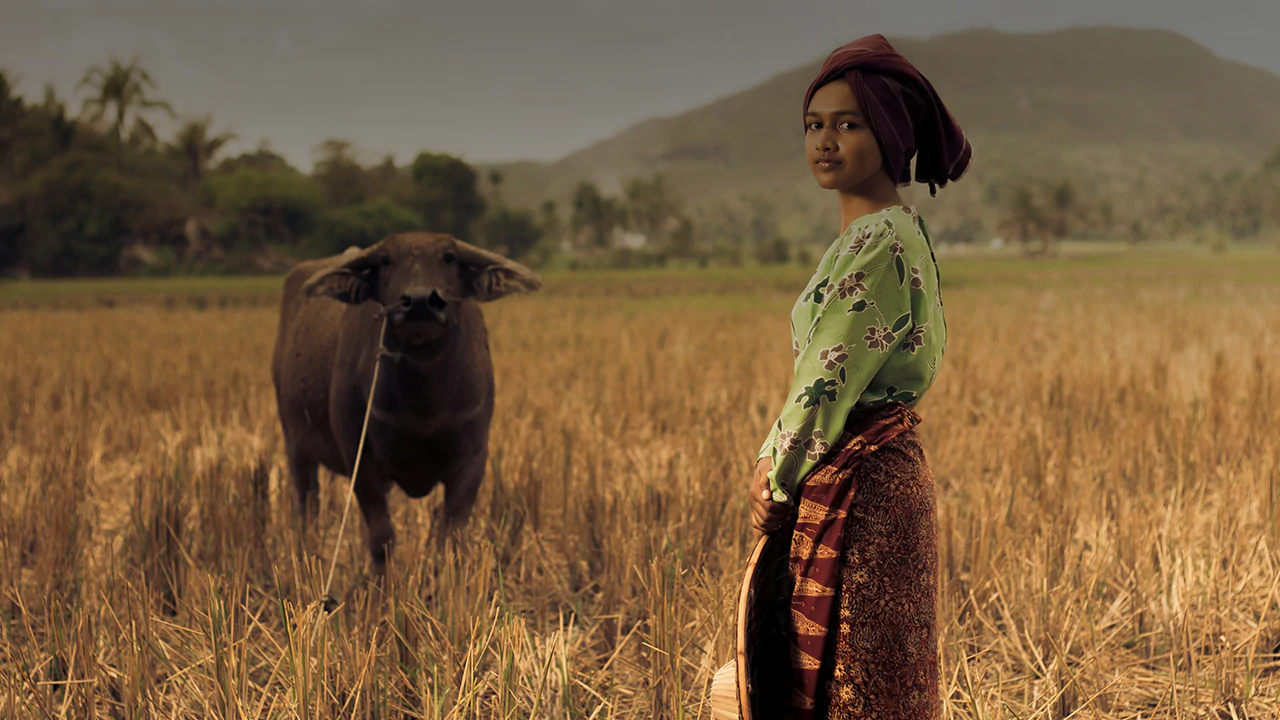
TikTok's latest update reflects a shift happening across social media: people want more control over how much AI-generated content appears in their feeds.
With new generative tools flooding platforms with synthetic visuals, TikTok is introducing a slider in its Manage Topics controls that will let users increase or decrease the amount of AI-generated content they encounter, though not eliminate it entirely. According to TikTok, this new option, which joins categories like Dance, Sports, and Current Affairs, is meant to help users fine-tune their viewing experience rather than filter content out completely.
This update arrives at a moment when platforms are racing to manage a massive influx of AI-created videos, some entertaining, some uncanny, and some misleading.
As the company explained in a newsroom post on its website:
TikTok reports that more than 1.3 billion videos on its platform are labeled as AI-generated, a number that continues to climb as tools like OpenAI’s Sora and Google’s Veo 3 become more accessible. While some users enjoy AI-made history explainers, digital art, or creative experiments, others feel overwhelmed by what many have come to call "AI slop," while others call it deepfakes and endless streams of synthetic videos that are often surreal, indistinguishable from real footage, or simply low quality.
As one TikTok safety leader put it, "We know from our community that many people enjoy content made with AI tools, from digital art to science explainers, and we want to give people the power to see more or less of that, based on their own preferences."
However, offering an AI slider is only useful if the platform itself can reliably identify which videos are AI-generated.
To strengthen this detection layer, TikTok is rolling out a new invisible watermarking system designed to persist even when content is reuploaded or stripped of metadata elsewhere. The company already requires creators to label realistic AI-generated posts and uses C2PA Content Credentials, which is now an industry standard for identifying synthetic media, but both can be removed through editing or re-uploading.
Invisible watermarks offer a more durable solution because they can’t be easily erased or seen by viewers.
TikTok explains that "invisible watermarks add another layer of safeguards with a robust technological ‘watermark’ that only we can read, making it harder for others to remove."
These watermarks will be applied to content created with TikTok’s own AI tools, like AI Editor Pro, as well as uploads that already include C2PA identifiers.

The need for stronger AI labeling has become increasingly urgent as AI-generated misinformation circulates more widely.
For its part, as TikTok refines its detection technology, it’s also investing in AI literacy. The company is launching a $2 million fund that will support experts and organizations in producing content that teaches users how to understand, navigate, and responsibly use AI. It highlights programs like Girls Who Code and partnerships with organizations such as the Partnership on AI, noting that "over the coming weeks, we'll start adding invisible watermarks to AI-generated content made with TikTok tools like AI Editor Pro, and content uploaded with C2PA Content Credentials."
This educational initiative coincides with changes inside TikTok’s moderation system as the company leans more heavily on AI to reduce the amount of disturbing content human moderators must review—a shift that has sparked debate, especially amid staffing reductions in its safety teams.
Across all of these updates, one message is consistent: TikTok sees AI as a powerful tool, but also a technology that needs clear boundaries, transparency, and user choice.
As it describes its approach, "In the coming weeks, we'll start testing a new AI-generated content control in our ‘Manage topics’ feature to empower people to choose how much AIGC they want to see in their For You feeds."
By offering more granular controls and reinforcing labeling systems, TikTok is preparing for a future where AI becomes increasingly intertwined with online creativity—but not necessarily something users want in unlimited quantities.
